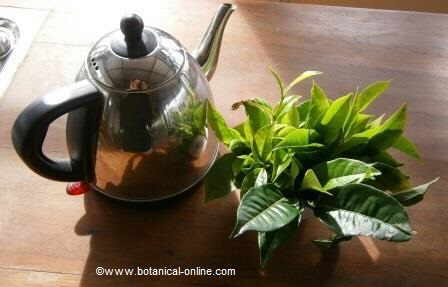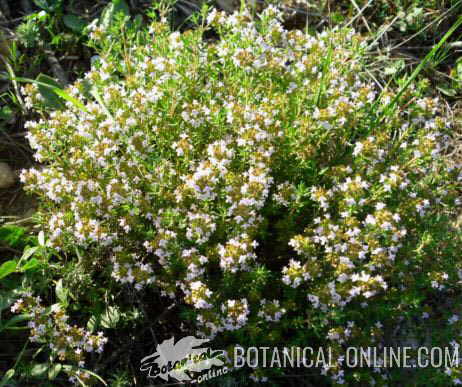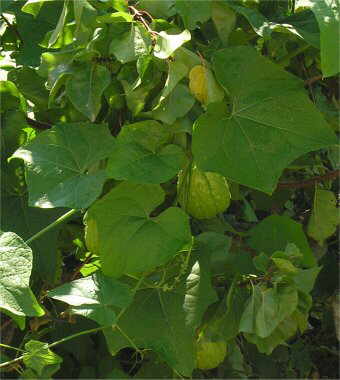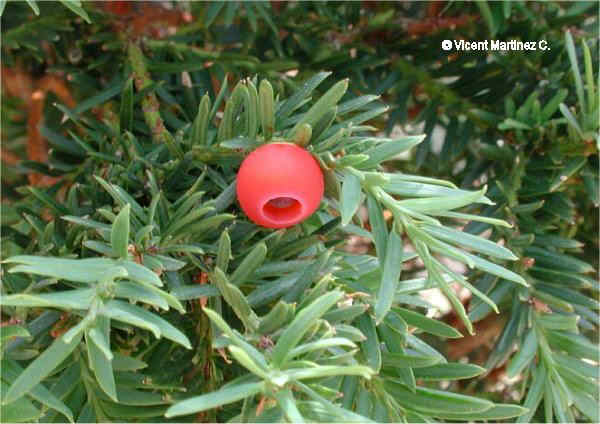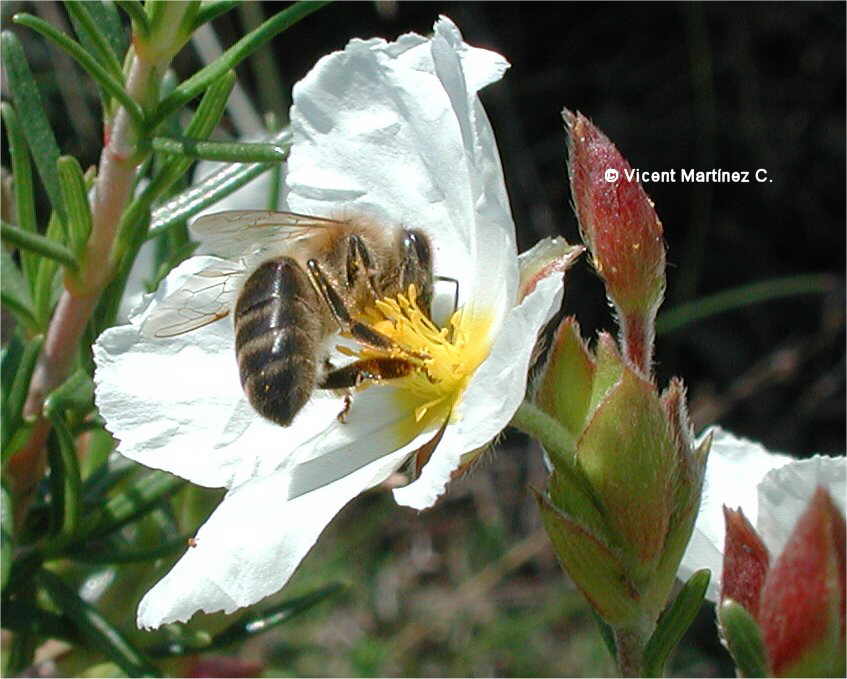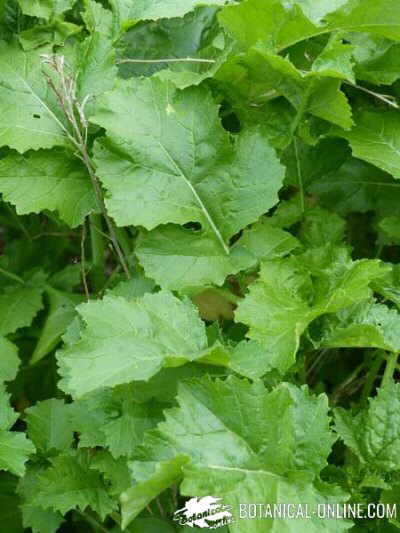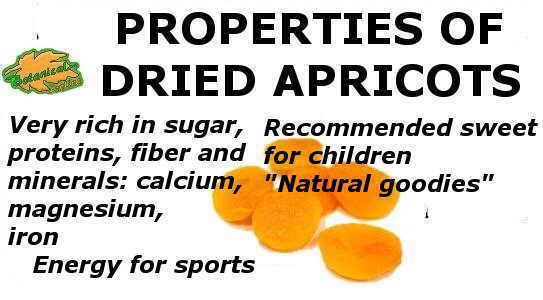Food containing more aflatoxins
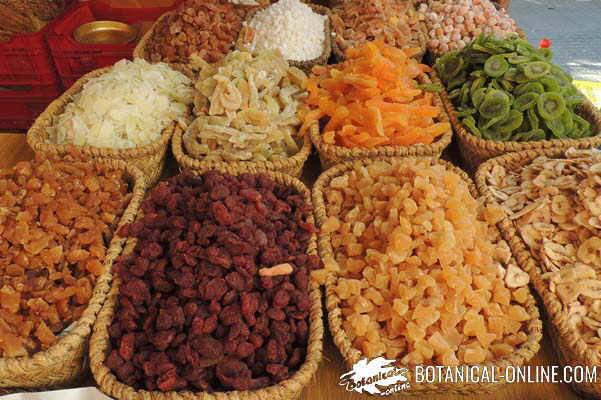
How much aflatoxins do foods have?
Aflatoxins are considered inevitable food contaminants. There are no tables that determine the aflatoxin content of foods in general, because the presence of these toxins depends largely on the growing, harvesting, processing and storage conditions of each food.
What does exist, and can give us some guidance on foods with more aflatoxins, are the maximum levels of aflatoxins that are allowed per food. These may vary depending on the legislation of each country.
Maximum aflatoxin content per food
There are many types of aflatoxins. Aflatoxin B1 is potentially the most toxic and the permitted levels are very strict.
For the rest of aflatoxins (B2, G1, G2), their maximum limits are accounted for by the sum of all together. See the following table for the maximum content allowed by food groups:
List of food with aflatoxins
Aflatoxins in oilseeds or nuts
Oleaginous nuts are one of the main sources of exposure to aflatoxins in our diet, especially peanuts (although they are actually a legume), and by extension, peanut butter.
Brazil nuts, pistachios and almonds also contain high levels of aflatoxins.
| Food | Maximum allowed aflatoxin B1 content (mcg/kg) | Maximum allowed content of aflatoxins B2, G1, G2 (mcg/kg) |
| Peanut | 8 | 15 |
| Peanuts intended to obtain peanut oil | 2 | 4 |
| Almonds, pistachios, apricot kernels for direct consumption | 8 | 10 |
| Hazelnuts, Brazil nuts for direct consumption | 5 | 10 |
| Walnuts, cocoa, coffee and other arboreal fruits for direct consumption | 2 | 4 |
| Sources: Reports EU 2010. AESAN, 2011. The table shows the levels of aflatoxins allowed in the EU. These may change according to the legislation of each country | ||
Aflatoxins in cereals, legumes and other grains
The richest cereal in aflatoxins is corn. In children’s products, the control of these products is more rigorous due to their toxic potential.
| Food | Maximum allowed aflatoxin B1 content (mcg/kg) | Maximum allowed content of aflatoxins B2, G1, G2 (mcg/kg) |
| Cereals in general | 2 | 4 |
| Corn and rice for direct consumption | 5 | 10 |
| Cereals for products intended for infants and young children | 0,1 | 0 |
Aflatoxins in dry fruits
Dry fruit generally contains aflatoxins, specially dry figs:
| Food | Maximum allowed aflatoxin B1 content (mcg/kg) | Maximum allowed content of aflatoxins B2, G1, G2 (mcg/kg) |
| Dry fruit, such as dry figs, raisins, dry apricots or dry peaches | 5 | 10 |
Aflatoxins in dairy
Mammalian animals ingest aflatoxins contained in their feed. Some aflatoxins such as M1 can pass into milk. Therefore, dairy products contain certain amounts of aflatoxins, although at levels below those of the foods mentioned above.
Dairy products that contain more aflatoxins are cheeses. Butter, yogurt and fresh milk have a very low amount of these substances.
In infant products, the control in aflatoxin levels such as milk powder is more rigorous due to the toxic potential of these substances.
| Food | Food Maximum permitted content of aflatoxin M1 (mcg/kg) | Maximum permissible content aflatoxins B2, G1, G2 (mcg/kg) |
| Raw, sterilized milk, Ultra-high temperature (UHT) or milk for dairy production | 0,05 | 0 |
| Milk intended for feeding babies and food products for young children | 0,025 | 0 |
| Sources: EU Reports 2010. AESAN, 2011. The table shows the levels of aflatoxins allowed in the EU, may change according to the legislation of each country. | ||
Aflatoxins in spices
Spices usually contain many aflatoxins, especially tropical spices. This is because the tropical climate and humidity favors the growth of toxicogenic fungi. In addition, these spices are usually preserved for a long time, which increases their aflatoxin levels.
In normal dietary doses, aflatoxins of these tropical spices are not usually an important source in the diet. However, in recent years there is a greater tendency to consume large amounts of these herbs for their supposed medicinal properties, for example in the popular recipe for turmeric golden milk.
In Mediterranean aromatic herbs there are NOT as many aflatoxins as in tropical plants.
| Food | Food Maximum permitted content of aflatoxin B1(mcg/kg) | Maximum permissible content of aflatoxins B2, G1, G2(mcg/kg) |
| Cayenne, paprika, chili peppers (genus Capsicum), pepper (of all types), nutmeg, ginger, turmeric and curry | 5 | 10 |
Aflatoxins may increase in food
Regulatory bodies in each country set maximum levels of aflatoxins allowed, but once they enter the country, poor conservation can increase the maximum levels of aflatoxin allowed.
For this reason it is recommended to buy properly packaged spices and seeds, keep them in fresh and dry places, clean containers, and not consume if they have exceeded the expiration date.
![]() More information on aflatoxins
More information on aflatoxins

